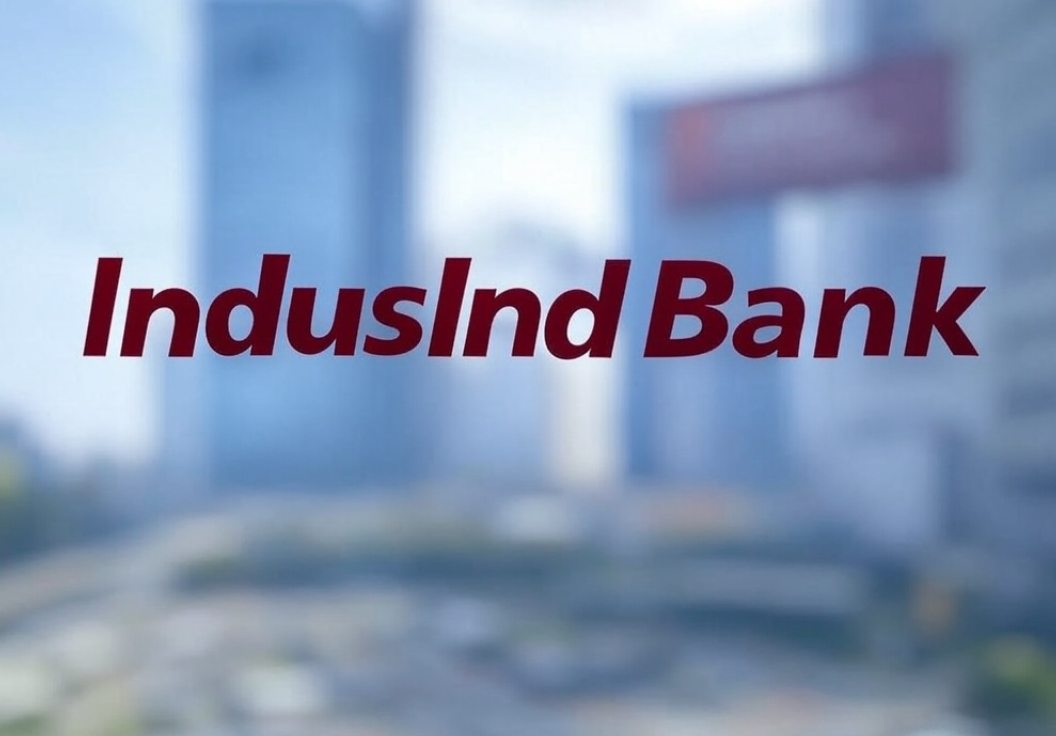
IndusInd Bank, one of India’s leading private banks, has recently come under scrutiny due to financial discrepancies, governance concerns, and stock market turmoil. The situation has sparked fears that the bank could face a crisis similar to Yes Bank’s downfall in 2020. While the concerns are valid, does IndusInd Bank truly risk following Yes Bank’s trajectory? Let’s examine the facts and key differences.
The Yes Bank Crisis: A Warning Sign
Yes Bank's downfall was driven by reckless lending, poor governance, and fraud allegations against its co-founder and former CEO, Rana Kapoor. The bank approved large loans to high-risk borrowers, many of which turned into non-performing assets (NPAs).
In March 2020, the Reserve Bank of India (RBI) stepped in and placed a moratorium on Yes Bank, limiting withdrawals. This led to a massive investor panic, and Yes Bank’s stock crashed by 80% in a single day after the RBI’s intervention. Eventually, a government-backed rescue plan was needed, with the State Bank of India (SBI) and other banks stepping in to save it from collapse.
Meanwhile, Rana Kapoor was arrested on charges of money laundering and financial mismanagement, further damaging investor confidence.
IndusInd Bank’s Current Challenges
1. Accounting Discrepancies and Stock Market Reaction
- In March 2025, IndusInd Bank disclosed an ₹1,600 crore ($184 million) accounting gap in its foreign exchange derivatives portfolio.
- Following this revelation, IndusInd Bank’s stock plummeted by 27% in a single day, marking its biggest single-day loss since the Yes Bank crisis in 2020.
2. Regulatory Scrutiny and CEO Uncertainty
- The RBI has launched an investigation into IndusInd Bank’s financial reporting and risk management practices.
- The RBI extended CEO Sumant Kathpalia’s tenure by just one year (instead of the usual three), signaling doubts about leadership stability.
3. Weakening Financial Performance
- IndusInd Bank’s Q3 FY2025 net profit fell 39%, largely due to a surge in bad loan provisions.
- The bank’s gross NPA ratio increased to 2.25%, reflecting worsening asset quality.
4.Additional Surveillance Measures (ASM) by NSE
In response to the heightened volatility and concerns over IndusInd Bank's financial health, the National Stock Exchange (NSE) has placed the bank under Additional Surveillance Measures (ASM). This move aims to protect investors by imposing stricter trading regulations on the bank's securities, thereby enhancing market integrity
Comparing IndusInd Bank and Yes Bank: Are They the Same?
While IndusInd Bank’s current troubles are serious, there are key differences between the two banks:
| Factor | Yes Bank (2020) | IndusInd Bank (2025) |
|---|---|---|
| Stock Market Reaction | Fell 80% in a single day after RBI action | Fell 27% in a single day due to accounting issues |
| Regulatory Intervention | RBI imposed a moratorium and takeover | RBI is investigating but hasn’t imposed restrictions |
| CEO and Governance Issues | Rana Kapoor arrested for money laundering | No proven fraud; only scrutiny over financial reporting |
| Liquidity Crisis | Severe withdrawal crisis; needed government rescue | No signs of liquidity crisis yet |
| NPA Crisis | NPAs soared due to reckless lending | NPAs rising, but still under control |
What Lies Ahead for IndusInd Bank?
While IndusInd Bank’s issues are concerning, it is not yet in a Yes Bank-like crisis. However, the bank must act fast to prevent further damage:
- Strengthen Internal Controls: The bank must improve its financial reporting and risk management practices.
- Maintain Strong Capital Reserves: Ensuring adequate liquidity is crucial to avoid a panic-driven crisis.
- Regain Investor Confidence: Clear communication and transparency with regulators and stakeholders will be key.
If IndusInd Bank takes corrective measures swiftly, it can prevent a full-blown crisis. However, if mismanagement continues, the bank may find itself on a dangerous path—one that Yes Bank already traveled.IndusInd Bank’s situation is concerning, but it is not yet another Yes Bank. However, if governance issues, financial mismanagement, and regulatory troubles persist, it could move in that direction. Investors and regulators will be watching closely in the coming months.
Disclaimer:
The information provided in this article is for informational purposes only and should not be considered financial or investment advice. While every effort has been made to ensure accuracy, we do not guarantee the completeness or reliability of the data. Readers are advised to conduct their own research and consult financial experts before making any investment decisions. The author and publisher are not responsible for any financial losses or decisions based on this content.




